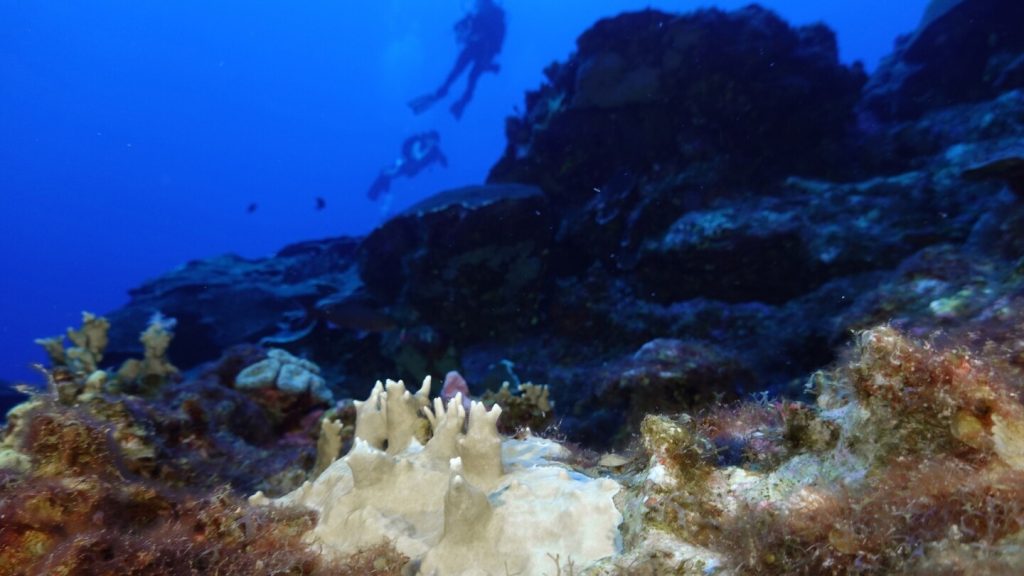Coral reefs around the world are currently experiencing a global bleaching event for the fourth time, according to top reef scientists. The bleaching is a result of warming ocean waters caused by human-induced climate change. At least 53 countries, territories, or local economies have confirmed coral reef bleaching from February 2023 to the present. During bleaching, stressed coral expel the algae that provide them with food and color, which can ultimately lead to the death of the coral. Coral reefs are essential ecosystems that support underwater life, protect biodiversity, slow erosion, and contribute to local economies through tourism.
Bleaching has been observed in various regions for some time, including affecting 90% of the coral in Australia’s Great Barrier Reef in 2022 and significant bleaching in the Florida Coral Reef last year. To declare a global bleaching event, significant bleaching must be documented in major ocean basins in both the Northern and Southern Hemispheres. The current worldwide bleaching event is the second in the past 10 years, with the previous one ending in May 2017. This event was triggered by a powerful El Nino climate pattern that heated the oceans globally, lasting for three years and being more severe than previous events in 2010 and 1998.
Bleaching in 2023 follows the declaration that it was the hottest year on record. As the oceans continue to warm, coral bleaching is becoming more frequent and severe, according to Derek Manzello, NOAA Coral Reef Watch coordinator. Marine biologist Selina Stead, chief executive of the Australian Institute of Marine Science, emphasized that climate change is the biggest threat to coral reefs globally. Scientists are investigating how coral responds to heat and identifying heat-tolerant corals, but reducing carbon emissions is critical to mitigating the impacts of climate change on coral reefs.
While many coral reefs are facing significant bleaching, one reef that fared better last year was the Flower Garden Banks National Marine Sanctuary in the Gulf of Mexico. The sanctuary’s location in deeper water about 100 miles off the Texas coast provided some protection to its corals. Officials from the sanctuary have not yet provided updates on the current health of the corals. The Associated Press climate solutions reporter, Alexa St. John, highlighted the importance of addressing climate change impacts on coral reefs and emphasized the urgency of reducing carbon emissions to protect these vital ecosystems. The AP’s climate and environmental coverage is supported by multiple private foundations, and the organization is solely responsible for all content related to these topics.


